SLUS973A October 2009 – November 2016 TPS54290 , TPS54291 , TPS54292
PRODUCTION DATA.
- 1 Features
- 2 Applications
- 3 Description
- 4 Revision History
- 5 Device Comparison Table
- 6 Pin Configuration and Functions
- 7 Specifications
-
8 Detailed Description
- 8.1 Overview
- 8.2 Functional Block Diagram
- 8.3
Feature Description
- 8.3.1 Voltage Reference
- 8.3.2 Oscillator
- 8.3.3 Input UVLO and Start-Up
- 8.3.4 Enable and Timed Turnon of the Outputs
- 8.3.5 Soft Start
- 8.3.6 Output Voltage Regulation
- 8.3.7 Inductor Selection
- 8.3.8 Maximum Output Capacitance
- 8.3.9 Feedback Loop Compensation
- 8.3.10 Bootstrap for N-Channel MOSFET
- 8.3.11 Output Overload Protection
- 8.3.12 Operating Near Maximum Duty Cycle
- 8.3.13 Dual-Supply Operation
- 8.3.14 Bypassing and Filtering
- 8.4 Device Functional Modes
-
9 Application and Implementation
- 9.1 Application Information
- 9.2
Typical Applications
- 9.2.1
TPS54291 Design Example
- 9.2.1.1 Design Requirements
- 9.2.1.2
Detailed Design Procedure
- 9.2.1.2.1 Duty Cycle Estimation
- 9.2.1.2.2 Inductor Selection
- 9.2.1.2.3 Output Capacitor Selection
- 9.2.1.2.4 Input Capacitor Selection
- 9.2.1.2.5 Feedback
- 9.2.1.2.6 Compensation Components
- 9.2.1.2.7 Compensation Gain Setting Resistor
- 9.2.1.2.8 Compensation Integrator Capacitor
- 9.2.1.2.9 Bootstrap Capacitor
- 9.2.1.2.10 Power Dissipation
- 9.2.1.3 Application Curves
- 9.2.2 TPS54290 Cascaded Design Example
- 9.2.1
TPS54291 Design Example
- 10Power Supply Recommendations
- 11Layout
- 12Device and Documentation Support
- 13Mechanical, Packaging, and Orderable Information
7 Specifications
7.1 Absolute Maximum Ratings
over operating free-air temperature range (unless otherwise noted)(1)| MIN | MAX | UNIT | ||
|---|---|---|---|---|
| PVDD1, PVDD2, EN1, EN2 | –0.3 | 20 | V | |
| SW1, SW2 | –1 | 20 | V | |
| BOOT1, BOOT2 | –0.3 | SW + 7 | V | |
| SW1, SW2 transient (< 50 ns) | –3 | 20 | V | |
| BP | 7 | V | ||
| FB1, FB2 | –0.3 | 3 | V | |
| Operating junction temperature, TJ | –40 | 145 | °C | |
| Storage temperature, Tstg | –55 | 155 | °C | |
(1) Stresses beyond those listed under Absolute Maximum Ratings may cause permanent damage to the device. These are stress ratings only, which do not imply functional operation of the device at these or any other conditions beyond those indicated under Recommended Operating Conditions. Exposure to absolute-maximum-rated conditions for extended periods may affect device reliability.
7.2 ESD Ratings
| VALUE | UNIT | |||
|---|---|---|---|---|
| V(ESD) | Electrostatic discharge | Human-body model (HBM), per ANSI/ESDA/JEDEC JS-001(1) | ±2000 | V |
| Charged-device model (CDM), per JEDEC specification JESD22-C101(2) | ±1500 | |||
(1) JEDEC document JEP155 states that 500-V HBM allows safe manufacturing with a standard ESD control process.
(2) JEDEC document JEP157 states that 250-V CDM allows safe manufacturing with a standard ESD control process.
7.3 Recommended Operating Conditions
over operating free-air temperature range (unless otherwise noted)| MIN | MAX | UNIT | ||
|---|---|---|---|---|
| VDD | Input voltage | 4.5 | 18 | V |
| TJ | Junction temperature | –40 | 125 | °C |
7.4 Thermal Information
| THERMAL METRIC(1) | TPS54290 TPS54291 TPS54292 |
UNIT | |
|---|---|---|---|
| PWP (HTSSOP) | |||
| 16 PINS | |||
| RθJA | Junction-to-ambient thermal resistance | 39.2 | °C/W |
| RθJC(top) | Junction-to-case (top) thermal resistance | 27.7 | °C/W |
| RθJB | Junction-to-board thermal resistance | 22.3 | °C/W |
| ψJT | Junction-to-top characterization parameter | 0.8 | °C/W |
| ψJB | Junction-to-board characterization parameter | 22.1 | °C/W |
| RθJC(bot) | Junction-to-case (bottom) thermal resistance | 2.7 | °C/W |
(1) For more information about traditional and new thermal metrics, see the Semiconductor and IC Package Thermal Metrics application report.
7.5 Electrical Characteristics
TJ = –40°C to 125°C, PVDD1 and PVDD2 = 12 V (unless otherwise noted)| PARAMETER | TEST CONDITIONS | MIN | TYP | MAX | UNIT | ||
|---|---|---|---|---|---|---|---|
| INPUT SUPPLY | |||||||
| PVDD1, PVDD2 | Input voltage range | 4.5 | 18 | V | |||
| IDDSDN | Shutdown current | EN1 = EN2 = PVDD2 (4.5 V to 18 V) | 80 | 160 | µA | ||
| IDDQ | Quiescent, non-switching | FB1 = FB2 = 1 V, outputs off | 1.65 | 3 | mA | ||
| IDDSW | Quiescent, while switching | FB1 = FB2 = 0.75 V, measured at BP | 10 | mA | |||
| UVLO | Minimum turnon voltage | PVDD2 only | 3.8 | 4.1 | 4.4 | V | |
| UVLOHYS | Hysteresis | 460 | 600 | mV | |||
| tstart(1)(2) | Time from start-up to soft start begin | CBP = 10 µF, EN1 and EN2 go low simultaneously | 1.5 | ms | |||
| ENABLE (ACTIVE LOW) | |||||||
| VENx | Enable threshold voltage | 0.9 | 1.2 | 1.5 | V | ||
| Hysteresis | 70 | mV | |||||
| IENx | Enable pullup current | 10 | µA | ||||
| tENx(1) | Time from enable to soft start begin | Other enable pin = GND | 10 | µs | |||
| BP REGULATOR | |||||||
| BP | Regulator voltage | 8 V ≤ VPVDD2 ≤ 18 V | 5 | 5.2 | 5.6 | V | |
| BPLDO | Dropout voltage | VPVDD2 = 4.5 V | 400 | mV | |||
| IBPS | Regulator short current | 4.5 V ≤ VPVDD2 ≤ 18 V | 25 | mA | |||
| OSCILLATOR | |||||||
| fSW | Oscillator frequency | TPS54290 | 260 | 300 | 360 | kHz | |
| TPS54291 | 520 | 600 | 720 | ||||
| TPS54292 | 1040 | 1200 | 1440 | kHz | |||
| tDEAD(1) | Clock dead time | 140 | ns | ||||
| gMTRANSCONDUCTANCE AMPLIFIER AND VOLTAGE REFERENCE (APPLIES TO BOTH CHANNELS) | |||||||
| VFB | Feedback input voltage | 0°C < TJ < 85°C | 792 | 800 | 808 | mV | |
| –40ºC < TJ < 125°C | 786 | 800 | 812 | mV | |||
| IFB | Feedback Input bias current | VFB = 0.8 V | 5 | 50 | nA | ||
| gM(1) | Transconductance | 200 | 325 | 450 | µS | ||
| ISOURCE | Error amplifier source current capability | VFB1 = VFB2 = 0.7 V, VCOMP = 0 V | 15 | 30 | 40 | µA | |
| ISINK | Error amplifier sink current capability | VFB1 = VFB2 = 0.9 V, VCOMP = 2 V | 15 | 30 | 40 | µA | |
| SOFT START (APPLIES TO BOTH CHANNELS) | |||||||
| tSS | Soft-start time | TPS54290, 0 V ≤ VFB ≤ 0.8 V | 4 | 5.2 | 6 | ms | |
| TPS54291 | 2 | 2.6 | 3 | ||||
| TPS54292 | 1 | 1.3 | 1.6 | ||||
| OVERCURRENT PROTECTION | |||||||
| ICL1 | Current limit CH1 | 1.8 | 2.2 | 2.6 | A | ||
| ICL2 | Current limit CH2 | 3.2 | 3.8 | 4.6 | A | ||
| THICCUP(1) | Hiccup timeout | TPS54290 | 30 | ms | |||
| TPS54291 | 16 | ||||||
| TPS54292 | 8 | ||||||
| tONOC(1) | Minimum overcurrent pulse | 150 | 200 | ns | |||
| BOOTSTRAP (APPLIED TO BOTH CHANNELS) | |||||||
| RBOOT | Bootstrap switch resistance | R(BP to BOOT), I external = 10 mA | 33 | Ω | |||
| PGOOD | |||||||
| VUV | Feedback voltage limit for PGOOD | 660 | 730 | mV | |||
| VPG-HYST(1) | PGOOD hysteresis voltage on FB | 40 | mV | ||||
| OUTPUT STAGE (APPLIED TO BOTH CHANNELS) | |||||||
| RDS(on1)(HS)(1) | On-resistance of high-side FET and bondwire on CH1 | 170 | 265 | mΩ | |||
| RDS(on2)(HS)(1) | On-resistance of high-side FET and bondwire on CH2 | 120 | 190 | mΩ | |||
| RDS(on1)(LS)(1) | On-resistance of low-side FET and bondwire on CH1 | 120 | 190 | mΩ | |||
| RDS(on2)(LS)(1) | On-resistance of low-side FET and bondwire on CH2 | 90 | 150 | mΩ | |||
| tON_MIN (1) | Minimum controllable pulse width | 150 | ns | ||||
| Minimum duty cycle | VFB = 0.9 V | 0% | |||||
| tDEAD(1) | Output driver dead time | HDRV off to LDRV on | 20 | ns | |||
| LDRV off to HDRV on | 20 | ns | |||||
| DMAX | Maximum duty cycle | TPS54290 | 90% | 96% | |||
| TPS54291 | 85% | 91% | |||||
| TPS54292 | 78% | 82% | |||||
| THERMAL SHUTDOWN | |||||||
| TSD(1) | Shutdown temperature | 145 | °C | ||||
| TSD_HYS(1) | Hysteresis | 20 | °C | ||||
(1) Specified by design. Not tested in production.
(2) When both outputs are started simultaneously, a 20-mA current source charges the BP capacitor. Faster times are possible with a lower BP capacitor value (see Input UVLO and Start-Up)
7.6 Typical Characteristics
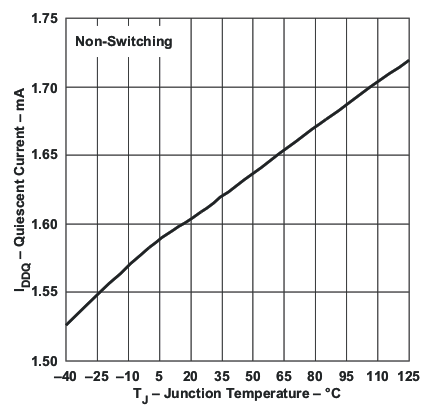 Figure 1. Quiescent Current vs Temperature
Figure 1. Quiescent Current vs Temperature
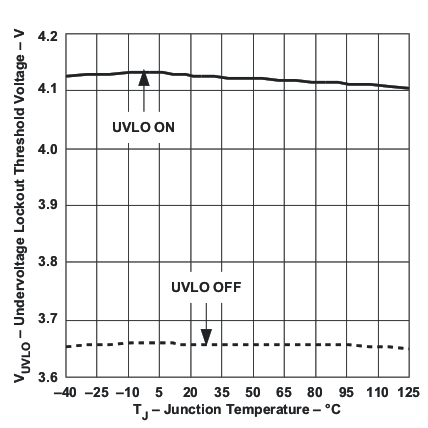 Figure 3. UVLO Turnon and Turnoff Thresholds
Figure 3. UVLO Turnon and Turnoff Thresholdsvs Temperature
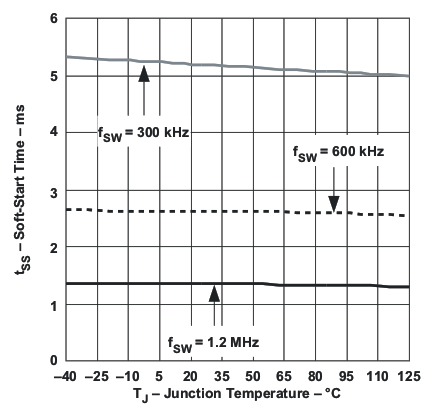 Figure 5. Soft-Start Time vs Temperature
Figure 5. Soft-Start Time vs Temperature
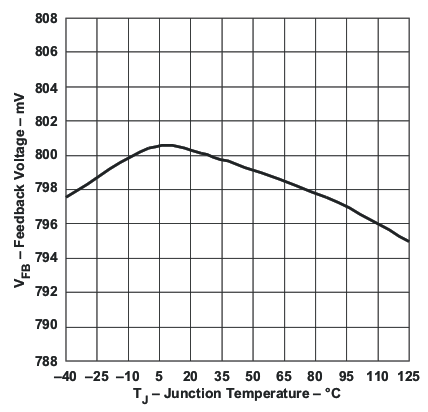 Figure 7. Feedback Voltage vs Temperature
Figure 7. Feedback Voltage vs Temperature
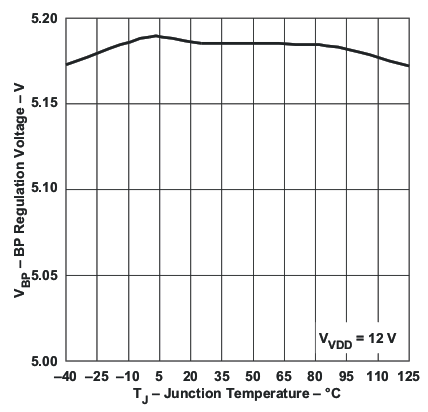 Figure 9. BP Voltage vs Temperature
Figure 9. BP Voltage vs Temperature
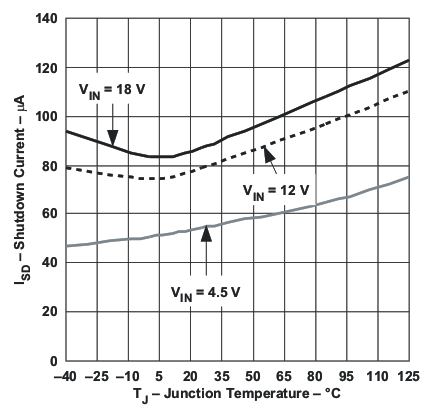 Figure 2. Shutdown Current vs Temperature
Figure 2. Shutdown Current vs Temperature
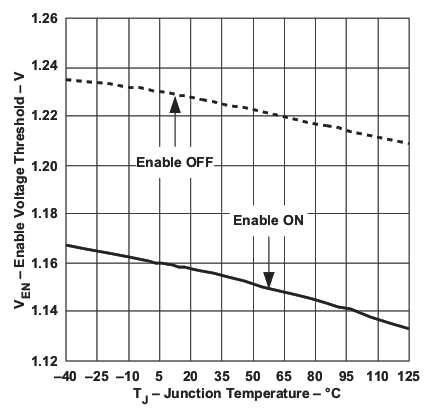 Figure 4. ENx Turnon and Turnoff Threshold
Figure 4. ENx Turnon and Turnoff Thresholdvs Temperature
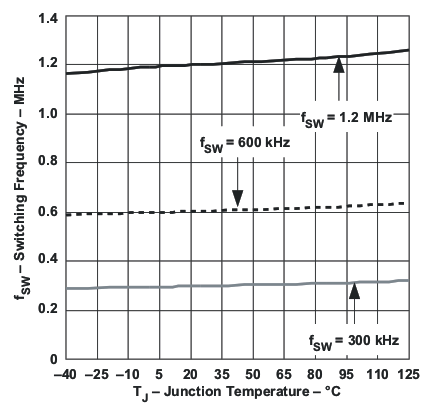 Figure 6. Oscillator Frequency vs Temperature
Figure 6. Oscillator Frequency vs Temperature
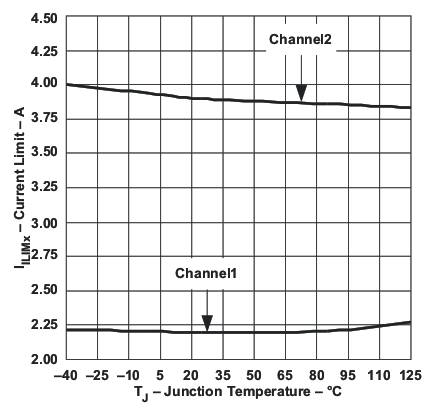 Figure 8. Current Limit vs Temperature
Figure 8. Current Limit vs Temperature
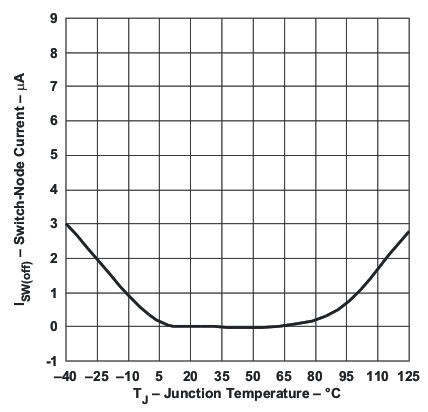 Figure 10. SW Node Leakage Current
Figure 10. SW Node Leakage Currentvs Temperature